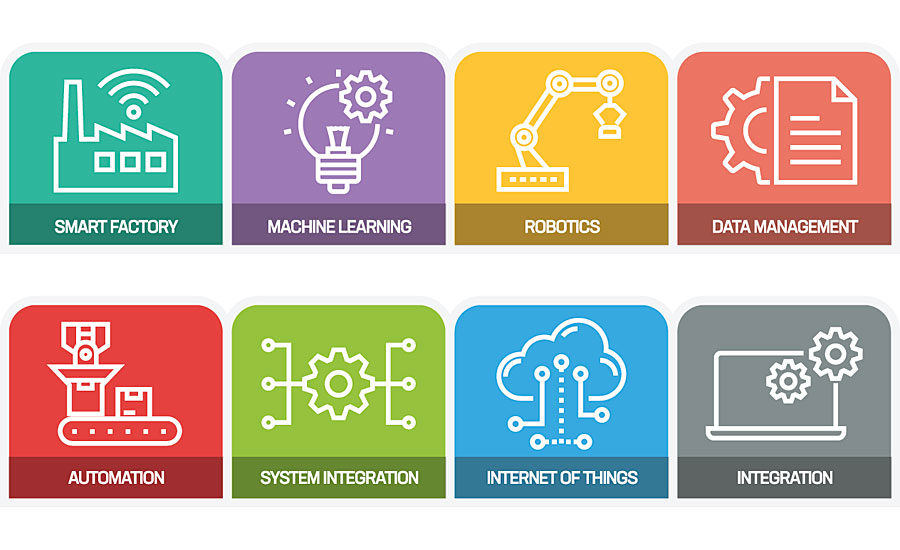This post is all about paint shop. It may be placed in another thread entirely, but I put it here because this single process is responsible for nearly as much saving as the entire GigaPress process, but seems a large amount less sexy. There have been massive advances from Fremont to Shanghai, again to Berlin with retrofits coming to Shanghai first, then Fremont. Austin appears to be a twin of Berin. First, the basic situation, as discussed in generalities from the manufacturer:
The Smart Paintshop is a complete, 360-degree linked production system, an auto body painting system that provides high-performance efficiency, safety, quality, cost savings and environmental friendliness from start to finish.

www.pcimag.com
Energy use per car painted its rapidly dropping. My estimates:
Fremont 900 kWh
Shanghai 280 kWh
Berlin 200 kWh
The normal steps for paint include degreasing, surface conditioning, electro deposition, primer, clear coats and top coat(s). In the Geico Takisha process, which they call Pardis there is the capacity for automation of virtually the entire process.
Water use per car: about 90% reduction from Fremont to Berin. Purification and reuse of waste water is part of that. I do not know how to quantify the savings.
Labor use per car: about 80% reduction
From a 2004 very large OEM cost accounting project that I have roughly 33% of paint shop costs were for labor, about 15% for 'utilities' (combined electricity and water supply plus waste disposal) and about 25% for coatings themselves. The remaining ~25% was depreciation, amortization and overhead. Obviously those proportions have changes since then.
I have used the 2004 data, updated to include several different assumptions and landed at the estimate of per vehicle total paint costs at Fremont of ~$450
Shanghai, using 2017 level technologies, likely is about 2/3 or ~$300 per vehicle
Grùneheide using 2021 level is likely to be around 2/3 of that or ~$200 per vehicle.
I think those estimates are probably conservative.
Considering the advances in paint shop technology, coating technology and large castings (remember the Tesla castings tend to need no special preparations, no special coatings and little to no rework) the entire process of BIW to and including painting certainly has many major savings, but...
Perhaps the biggest benefit is in operating systems. The Teiko Takisha process is almost completed automated with easy changes, updates and modification, so long as the operators have the technical skills to handle highly automated systems and have the workforce flexibility to adopt continuous changes in process.
FWIW, ABB, Dürr, Eisenmann etc are also working on such advances. The impediment is, as usual, workforce quality and flexibility. Hence gaze at the recent pictures of new Ford paint shops full fo workers holding paint guns.
Tesla now has the ability in Grüneheide to make constant improvements, have more color flexibility, vastly reduce rework, have unprecedented paint quality, use less materials of every type. Scale and reliability have gone far up.
Soon this approach will be updated in Shanghai, with Austin probably already fitted and Fremont likely to be as soon as Grüneheide and Austin have scaled enough to allow the modification time to do the update.
Finally, lest we forget the Pardis approach requires roughly 18 months form plan to operation, or about two years less than does a traditional paint shop. Then of course it si not coincidental that the system also is somewhat scalable. Traditional paint shops are 100% NOT scalable.
SO, I estimate that the paint shop alone adds about 250 GM per vehicle to Grüneheide vs Fremont
For grins, just compare the brand new Ford Lightning assembly line:



